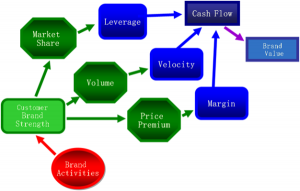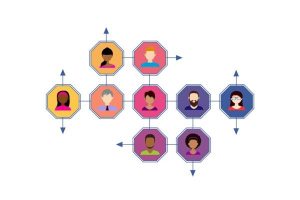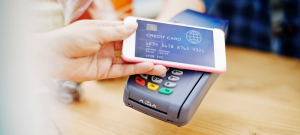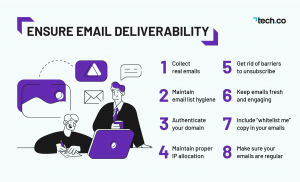Columnist Andrew Waber of Chitika shares his thoughts on two important trends: wearables and the connected home.

In recent years, the Consumer Electronics Show (CES) has become a tech-industry touchstone – a venue where companies from almost every corner of the space look to showcase what they believe will be a true “game-changer.”
While the innovativeness and excitement displayed is often met equally with bullishness in terms of how soon a particular technology will be making an impact, two larger trends – wearables and the connected home – permeated the environment across industries and seem poised to make a big difference sooner rather than later.
Connected Home
The connected or “smart” home segment as a whole has received more attention of late thanks to advertising efforts on the part of players like Nest (now a division of Google) and Comcast, and the topic was generally regarded as the largest trend going into CES.
It’s easy to see why this is such a hot topic. More and more products now embed Internet connectivity, and companies like Bosch, ADT, Lowes, network operators, and many others are looking to become gatekeepers for consumers looking to control and monitor things like door locks, temperature, music, and appliances.
The promises for the concept are myriad. Imagine a manufacturer diagnosing a problem with a refrigerator remotely and proactively arranging a service call — or, in the case of one exhibitor at CES, even using a connected toothbrush to know how well your children are brushing. This is on top of simpler applications like remotely locking your doors or getting a ping that your clothes have finished their drying cycle.
For marketers, there is understandably a lot of excitement around the smart home, but there is a decided need to tread lightly. Experts at the show typically painted any advertising-supported business model a tricky proposition – the dataset is so rich that it’s extremely difficult for users to place their trust in a third party.
More to that point, once those data are shared with partners, security weak points could emerge, and with these sensors knowing things like who is currently in the home, door locks, etc., any leak represents a real security concern. This topic was the focal point of a speech by FTC chairwoman Edith Ramirez, whose office is putting a high priority on data security as this market grows.
However, as long as data security is at the top of the priority list, there was agreement that marketers do have a role to play – provided any data sharing is an “opt in” on the part of the user, rather than automatically shared. Additionally, in the same vein as grocery store card programs that collect data but reward consumers with discounts, there needs to be real value presented to the user to get their buy-in.
A few examples floated by experts were direct monetary rewards for sharing data from appliances (e.g. usage patterns for direct market research purposes), or sizable discounts from a grocery store chain for sharing refrigerator data (e.g. the refrigerator senses when the user is running low on orange juice and automatically applies an exclusive coupon on their loyalty card).
Wearables
2014 was the year in which more of the biggest device makers – Motorola, Samsung, and Apple – all made their most earnest efforts yet in the wearable device space in the form of smartwatches.
Yet, adoption of these latest (still pricey) devices has been decidedly tepid – analyst Ben Bajarin of Creative Strategies put sales of smartwatches at just three million units, with the vast majority of those sales coming from users in the top 25% income bracket, between the ages of 18 and 35.
While the “killer application” of wearables is still elusive, the general consensus is that wearable tech should solve a problem better than a smartphone or other piece of technology can, rather than just duplicating things like alerts.
The key will be in providing real value to a user – not just telling them things like their blood pressure, but the meaning of that number and what they may be able to do (e.g., “Your blood pressure has tracked higher in recent weeks, while your activity level has gone down. Want to try walking an extra mile today to get back on track?”).
This brings up the idea of wearables becoming a contextual ad tool – if you paid for a product using your Apple Watch, could it immediately recommend an add-on service or accessory?
Or in another case, a user is walking to a meeting, the watch senses that the weather is cold, the user has plenty of time before the meeting begins, and they are nearing a Starbucks – so it sends them a coupon for a coffee.
Hyperlocal-based ads are already part of services like Cidewalk, but with a smartwatch having some contextual awareness, it allows for a degree of intimacy at a time that makes sense for a user, based on some of these signals.
No Pain, No Gain
Marketers and advertisers took a while to confidently address consumers on mobile (one could argue this is still being hashed out), and in the realm of wearables and the connected home, there are likely to be similar growing pains.
But it’s reasonable to think that those organizations that test the waters and, indeed, are probably the first to get dinged, are likely to have a better read on what works and what doesn’t once the landscape does shift in a substantial way.
(281)








